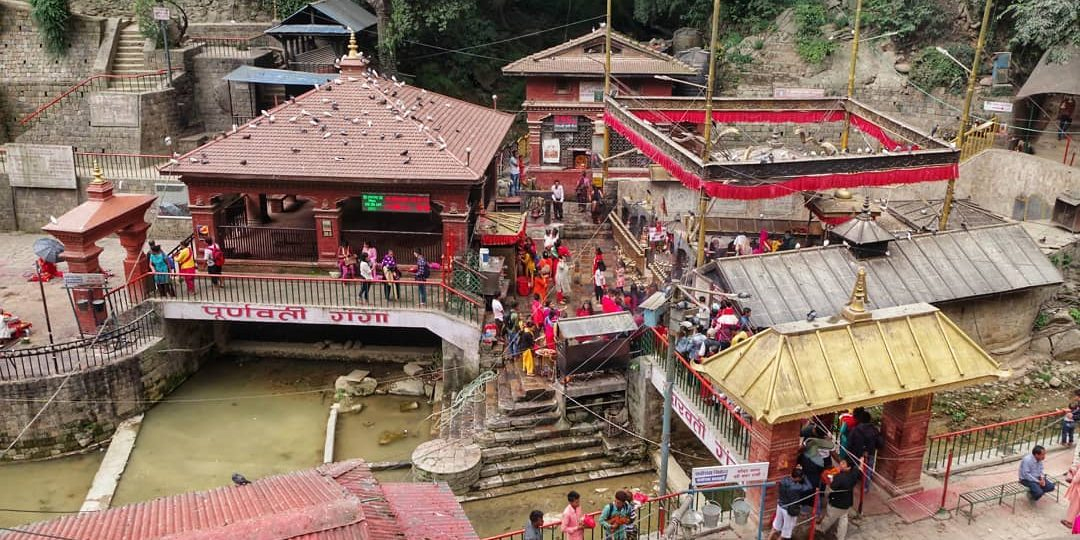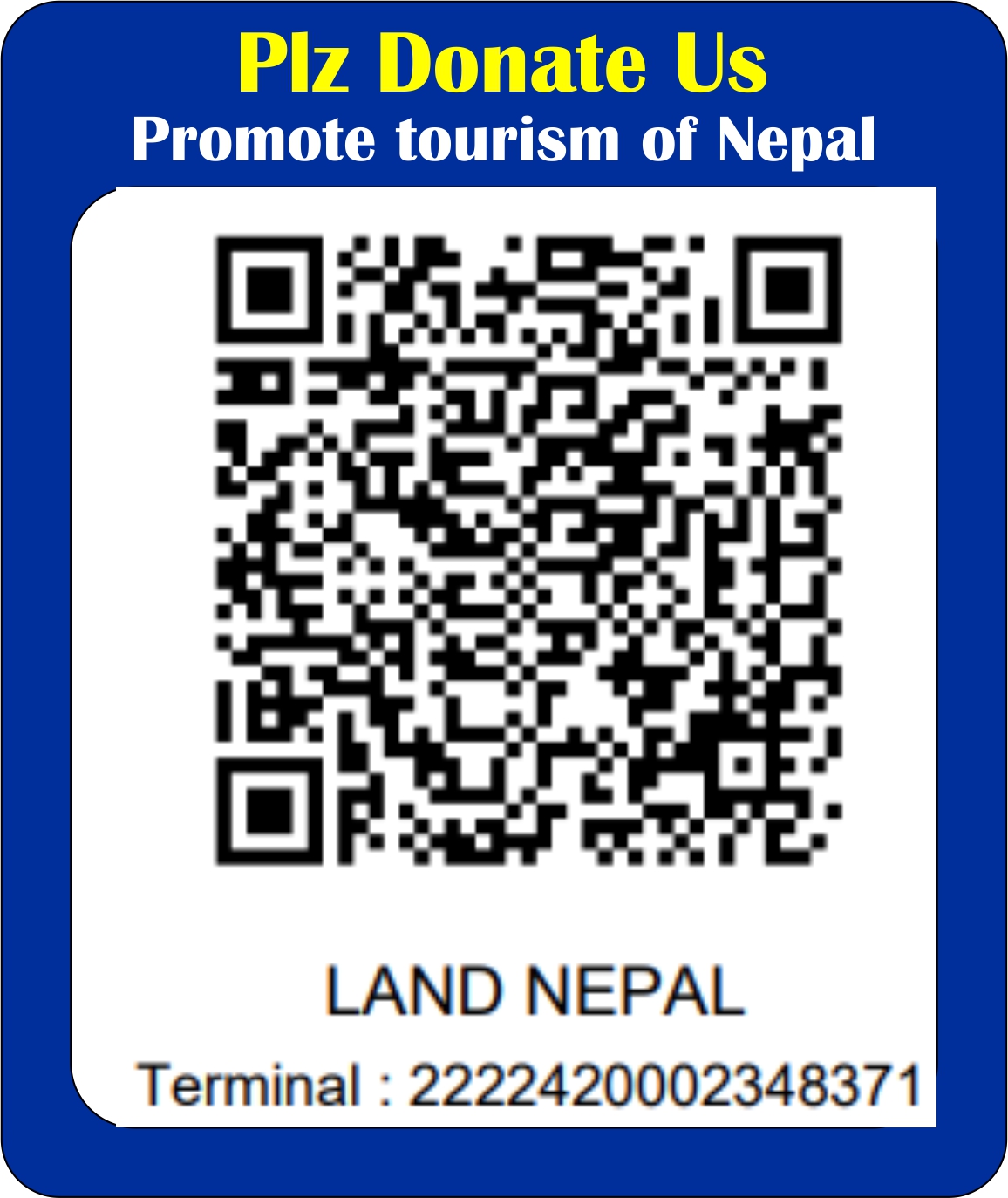The Dakshinkali temple is located at a distance of about 17 km south of the capital Kathmandu. This is the temple of Goddess Kali. King Pratap Malla was the one to build this temple. This is a temple full of historical significance in the heart of Pharping. This temple is surrounded by greenery at the confluence of two rivers. The temple also has idols of other deities carrying the idol of Kali.
This is not only a temple, but also a place for picnics which is very beautiful and full of entertainment. Kings also used to come here every year in April to celebrate their Diwali. It has a quiet atmosphere. Tourism business can also flourish there. Thousands of devotees visit this temple every year to fulfill their desires. Basically, a special fair is held here during Dashain festival. On the Navratri of Dashain, many devotees sacrifice ducks, chickens, and goats. This temple is rich in religious and cultural aspects.
In the past, coconuts were blown in the face of the idol of the goddess in this temple, so it can be seen that the face of the goddess has deteriorated. As Dakshinkali is the goddess of power, Hindus from different countries including Nepal and India come to this temple to worship. The priest of the temple says that thousands of visitors have flocked to the temple these days due to the completion of the work he had planned.
Origin of Dakshinkali Temple
According to legend, Daksha Prajapati’s daughter is one of the Central Dakshinkali. She was sitting on a rock in the middle of the forest on the hill above Gorakhnath. In 1825, in a night dream, Dakshinkali told Pratap Malla that she was Dakshinkali and was sitting on the rock of Nagarcho hill above Pharping. When the king did not pay much attention to her, Dakshinkali herself talked about the place where she was staying to one of the Kumari of the palace. After that, King Pratap Malla, with the help of Tantric Guru Lambakarna Bhatt, came to the place where the ancient Dakshinkali stone was worshiped.
The King created two demons named Bhushakarna and ordered them to work according to Pratap Malla’s dreams. According to his dream, Dakshinkali and his gang were carried to the place, in a night, where Dakshinkali Mata’s temple is located, the head of two rivers on the south side. At the same time, Kumari was established on the site of the present Kumari temple. Ganesh, on the other hand, was taken to Paucho Danda after the rooster crowed in the morning.
Then it came out that the temple of Dakshinkali was placed in the middle of the forest, inside the cave at the top of the hill, so that people would not go to that place and even those who went there would not return. After that, it was Pratap Malla who persuaded Guru Lamvakarna Bhatt to annihilate Dakshinkali by Tantric rituals.
After that, Pratap Malla made a white marble statue of Chamunda, i.e., Dakshinkali. Tantric had said that after the life of the idol, it will be very powerful. King Pratap Malla locked two large lions in a room in the courtyard of his palace. The king again made a black stone idol and installed it at the confluence of Purnawati Ganga and Uddhavati Ganga. He came to offer puja with Ashta Matrika. Since then, there has been a religious belief that the number of devotees going to worship has gradually increased.
After that, the King of Nepal, Shri Girvan Yuddha Bikram Shah, for the daily worship and Maha Puja of Shri Dakshinkali Mai, kept the land of 504 bighas within the Pharping area at Rajguthi. In 1856, a copper plate was erected to keep the land in Raj Guthi. Since then, worship and Maha Puja have been carried out by resolving the issue methodically.
Deities around Dakshinkali Temple
This temple is surrounded by greenery at the confluence of two rivers. The temple also has idols of other deities besides the idol of Kali Goddess. A place has been made for the Ashta Matrika Vihar of Shri Dakshinkali Mai at that place. She is worshiped as the mother of Dakshinkali Mai. The three-eyed Sunderkali king’s royal palace at Sundari Chowk has been erected in the place of Shadamnaya, Dashanaya and Shodshamnaya idols with the presence of sixty-four yoginis and deities.
Challenges
However, this historically, religiously, culturally, and archeologically important temple is becoming polluted. The Ministry of Culture, Tourism and Civil Aviation has given Rs. 2.5 million to Dakshinkali Area Management Committee for the purpose of laying sewage through the municipality this year as well. Locals as well as tourists come to the temple area for picnics and throw garbage on the banks of Purnawati and Uddhavati rivers resulting in pollution.
Overall, let’s hope that pollution around this temple will be managed in time so that tourism can flourish here and help in increasing the economic standard of both locals as well as nation. Being one of the famous holy lands in Nepal, Dakshinakali temple always come first in the bucket list of visitors when it comes to comfortable as well as pleasing journey.
-By: Kusum Kharel for Land Nepal




